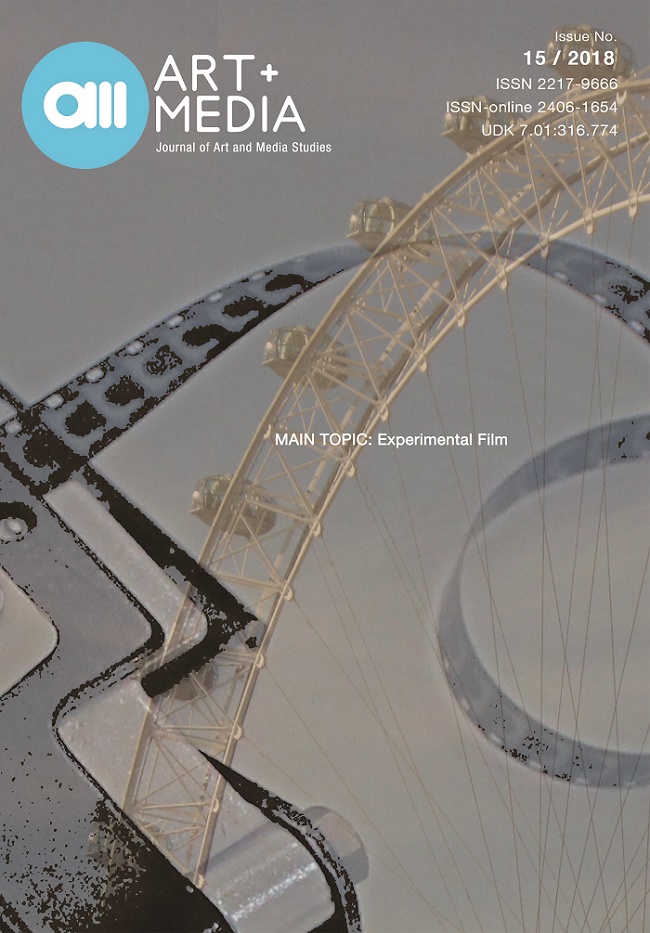The Global/Local Power of the Inhotim Institute: Contemporary Art, the Environment and Private Museums in Brazil
The Global/Local Power of the Inhotim Institute: Contemporary Art, the Environment and Private Museums in Brazil
Author(s): Maurício Barros de CastroSubject(s): Visual Arts, Sociology of Art
Published by: Fakultet za medije i komunikacije - Univerzitet Singidunum
Keywords: contemporary art; private museums; environment
Summary/Abstract: At the end of the 1940s, three important private museums emerged in Brazil’s two biggest metropolises, São Paulo and Rio de Janeiro, establishing a circuit that would prove essential to the consolidation and internationalization of modern and contemporary Brazilian art. During this period, entrepreneurs and collectors created the Museu de Arte Moderna do Rio de Janeiro (MAM–RJ, in 1948), the Museu de Arte de São Paulo (MASP, in 1948) and the Museu de Arte Moderna de São Paulo (MAM–SP, in 1947). As an heir to this tradition, but adopting a radically new proposal, the Inhotim Institute emerged approximatley sixty years later, in 2004. Located in the state of Minas Gerais, Inhotim harbors a museum complex with a series of pavilions and galleries with works of art and sculptures displayed in the open air, in a rural ambience that also contains a vast botanical collection of rare species. Like the private museums founded in Brazil in the 1940s, Inhotim’s creation was directly linked to the trajectory of entrepreneurs and collectors. The institution was created by businessman Bernardo Paz to hold the collection started by himself in the 1980s and that now runs to more than 450 works by Brazilian and international artists, making it one of the world’s most important collections of contemporary art. This paper discusses the tradition of private museums in Brazil and Inhotim’s impact on the contemporary art scene in the country and globally.
Journal: AM Časopis za studije umetnosti i medija
- Issue Year: 2018
- Issue No: 15
- Page Range: 161-172
- Page Count: 12
- Language: English

